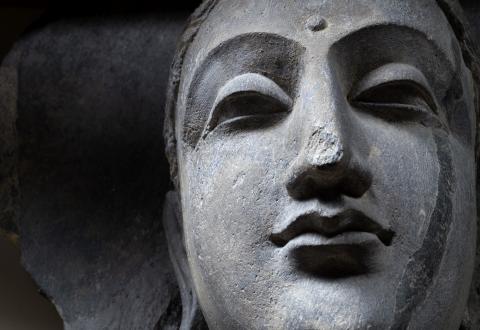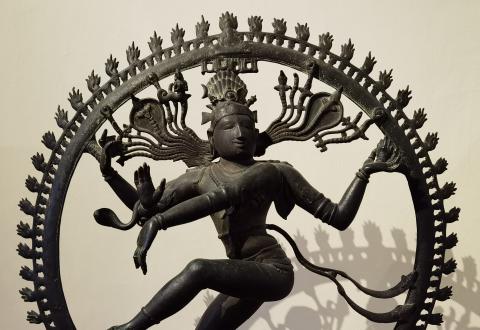The old city culture of Harappa and Mohenjo-daro in what is now Pakistan is represented by animal figurines, terracotta divinities and stylized, female figurines, discovered during excavations in the Indus Valley during the 1930s. A number of typical bronzes, several ritual objects and examples of refined ivory-work come from Sri Lanka.
Gandhara
Two large statues of a bodhisattva and a Buddha from the beginning of our era form the centrepiece of the display of Gandhara art; it was only under the influence of the West that this art came to depict Buddha as a human figure. A number of slate reliefs depict scenes from the life of the historic Buddha.

India
A masterpiece in the collection is the statue of Shiva Nataraja, a 13th-century bronze sculpture of the Chola Dynasty, which depicts the Hindu god of creation and destruction as the King of the Dance. A large statue of Jina Vimalanatha in yellow stone and an upright Jina in black marble introduce us to the characteristic imagery of the religion of the Jains. This group of sculptures is dominated by four, large, 18th-century, decorated wooden temple pillars in lotus form, from Kerala in Southern India, that surround a large, stone lingam with faces.

Contact
Bowi Quibus
b.quibus@kmkg-mrah.be